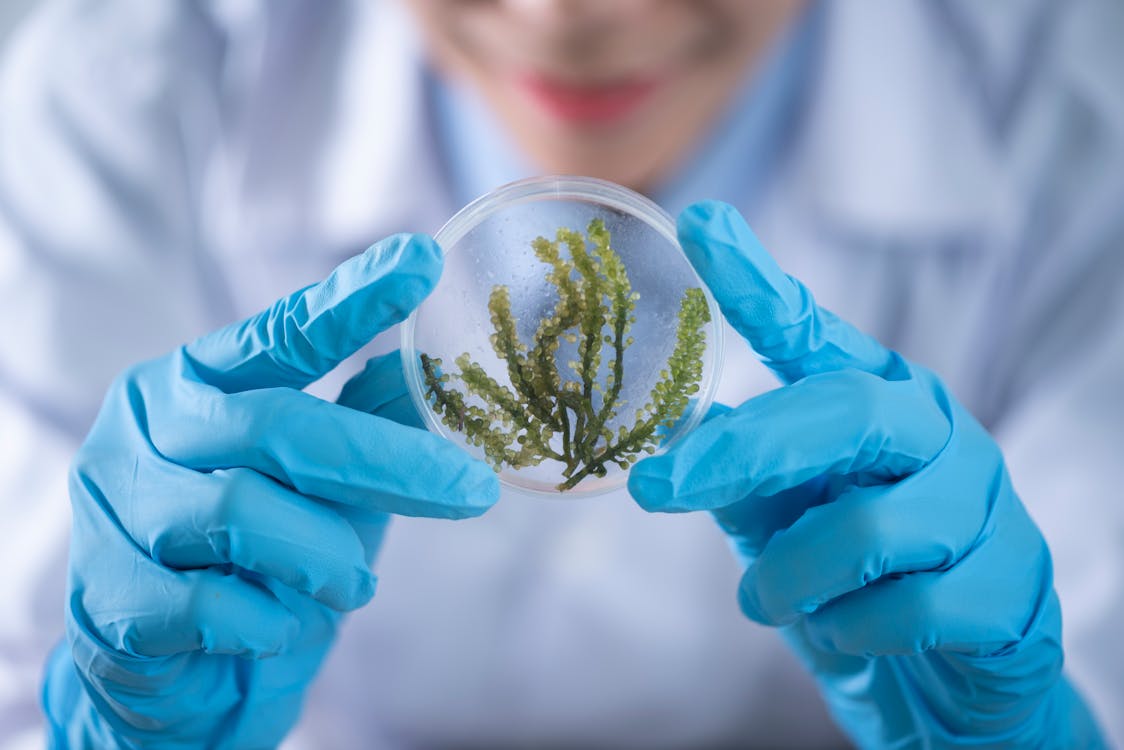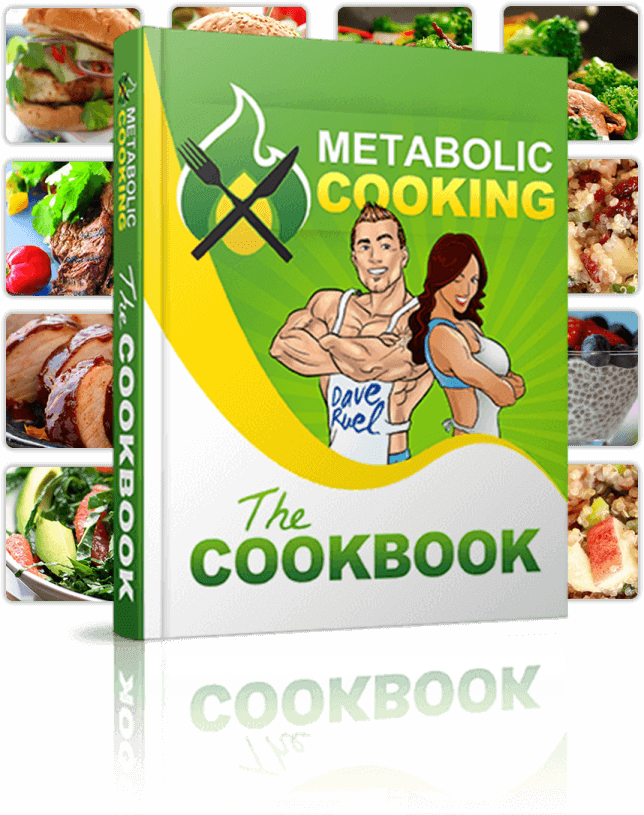
Most microbes cause food spoilage, which leads to rotting and spoilage as a result of the enzymatic activities of these microbes during the feeding and reproduction process. The secretion of toxins from these microbes leads to harm to humans (illness or death). Solutions to this problem must be found, and these foods must be protected (fruits, vegetables, meat of all kinds, or others).
Among the methods used to preserve food:
Temperature control, including:
Low temperatures, which lead to stopping growth and bacterial or microbial activity, and thus prevent food spoilage. One way to reduce temperatures is:
Keeping in a cool place (10-15 ° C) with an air stream to reduce humidity, as bulbs and tubers are kept in this way.
Preservation by cold (refrigerators), where the temperature ranges from 2-7 ° C. Fruits, vegetables, dairy products and their derivatives are preserved.
Preservation by freezing (-18 m or less) where meat and some vegetables are preserved.
High temperatures: It is one of the most used methods for preserving food due to its high efficiency, including:
Pasteurization: where the temperature reaches less than the boiling point to ensure the killing of a large number of pathogenic microbes. It is used in the sterilization of milk and juices and their derivatives.
Boiling: used to eradicate non-bacterial species.
High temperatures (above the boiling point - 100 ° C -) such as the use of steam sterilization under pressure (Autoclave) is used to ensure the elimination of microbial images of smear.
Concentrated solutions: such as salting and pickles (acids in general) to create a high osmotic pressure and thus shrink and dry the protoplasm of the microbe's cells and then stop its activity.
Drying: It is the removal of moisture from the food product or food, and as such:
Insolation (dates)
Dry figs
Preserving chemicals such as sodium benzoate - lactic acid - citric acid, as in pickles, in certain proportions.
Food poisoning
Food poisoning means the pathological symptoms that occur either to humans or animals as a result of eating food or drink that contains toxic substances, which include toxic chemicals such as pesticides, toxic fungi (germs or others), or bacterial toxins.
Among the types of bacterial food poisoning:
Botulism poisoning
The cause of this poisoning is the toxin produced by the bacteria Clostridium, in foods such as vegetables and fruits.
Bacterial poisoning with staphylococcus bacteria: Staphylococci occurs as a result of excretion of toxins from these bacteria in eggs, fish, as well as meat.
Bacterial poisoning with Salmonella, which is two types of what affects humans, such as typhoid fever and paratyphoid, while the other type affects animals.
Food Spoilage: Food Spoilage
Food spoilage means an abnormal change in the color, taste or smell of a food item as a result of its decomposition.
Among the causes of food spoilage:
Enzymatic activities in the organism itself (plant or animal)
By microbial action, or both.
How do microbes get to food:
In the field (plant products) or during transportation - packing and wounding of products such as tubers and vegetables, as well as contamination with field soil.
Improper storage of the food product.
Negligence and lack of sterilization
Examples of food spoilage are:
Food containing high levels of sugars, such as grapes ….. corruption is caused by fungi such as yeasts, as a result of the enzyme activity of these pathogens, especially with the presence of moisture.
Vegetables and fruits, especially when causing wounds or laceration and rupture of tissues. Examples include the bacterial molds caused by the bacterium Erwinia, or the fungi caused by the genera Botrytis, Penicillium.
Pickles and spoilage is carried out by yeast fungi (the decomposition of acids present in the food item).
Meat spoilage is characterized by its containment of water and proteins, and spoilage occurs as a result of microbial enzymatic activities. Among the forms of spoilage of meat are changes in color, viscosity, acidity, as well as the emission of unpleasant odors as a result of the formation of acids and the decomposition of fats. Examples of microbes causing this include the genus Mucor and the bacterium Clostridium.
Spoilage of fish
Spoilage of eggs and dairy products.
Spoilage of canned food:
There are four types of spoilage that occur in low and medium-acid canned foods as a result of the activity of bacterias, and these types are:
Acid spoilage: It occurs in canned vegetables as germs grow after insufficient heat treatment to eliminate germs. This type of spoilage is not the bulge of the can, and spoilage only in the taste and taste of the canned product.
Gaseous corruption, symbolized by the symbol (T-A), causes the container to bulge and notes acidity in the food.
Sulfide corruption and one of its advantages is that the box does not swell, and the black color changes due to the formation of iron sulfate due to the activity of the bacteria Clostridium.
Septic corruption: It occurs to protein foods such as meat and canned fish as a result of a bacterial action. This type of corruption is characterized by the production of smelly gas.
Corruption occurs to the three aforementioned types (2, 3 and 4) as a result of ineffective sterilization before packing.
Positive benefits of microbes in industry:
Baking (fermentation)
Industry acetic acid vinegar
Pickles to preserve food and vegetables.


[…] Sweets made of sugar: Mushebak – Harissa – Basbousa – Battuh – Kahk – Knafeh – Qatayef – Baklava – Chocolate and so on. […]
ReplyDelete[…] depends on food items and foods that contain high levels of fat, and these foods include: dairy products such as cheese, yogurt and butter except for milk that contains a high percentage of carbohydrates, […]
ReplyDelete